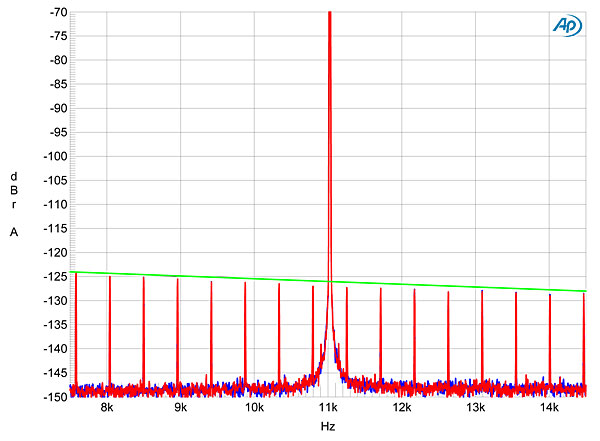As a matter of fact they tend ti be well informed (can’t speak for all of them, but generally) by an actual understanding of electricity, something that Uncle Paul either lacks or hides very well.
Yes, he definitely is a pillar of some community. Alas, many of us want no more part of it than we’d want to be in the Flat Earth Society or 2+2 is 5 community.
Amir’s test do not pretend to tell whether you will like the sound because this is by definition personal and subjective. They do show very well how close the output if a device is to the ideal original signal (I don’t think he had been ever found cooking the books as it were). For what they are – a limited set of standardized measurements that lets you compare equipment across certain parameters.
I don’t think I have any equipment that is on ASR’s top list (because aesthetics, ergonomics, and personal preferences etc. are also important) but I would say that for people interested in accurate reproduction of music (rather than just lining their own pockets) Amir is far more of a pillar of a community than Uncle Paul could ever hope to be even if he could stop swindling for a moment.
No. Jitter might be a problem at the point where audio signal, clocked by the source, is delivered to the DAC (so it is only a problem if your DAC is fed by S/PDIF or I2S connection from a bad streamer with inaccurate clock). Up to the streamer in your house, audio data is sent in TCP packets with no timing information. Multiple routers, switches, etc. sitting between the streaming service and you receive those packets, quite possibly out of order and at random times, reassemble them, and send them further on their way. Timing information, in a way where jitter could be an issue, appears only at the final step when the audio signal is fed to the DAC. If you are using an all-in-one device, and that device has a somewhat accurate clock, audio data will reach the DAC itself with sufficiently accurate timing. If you are feeding the DAC with USB, data still has no timing until it gets to the DAC, so it’s still not an issue. Only if you send the signal over S/PDIF (slightly better, at least it is designed forv it) or, God forbid, I2S (which isn’t designed for external transmission in the first place) signal is timed by the source and, depending on how good the source clock is, and how appropriate the cable is for the signal, there can, possibly, be some timing issues. And even then it is probably not actually audible, unless something quite spectacularly badly designed.
